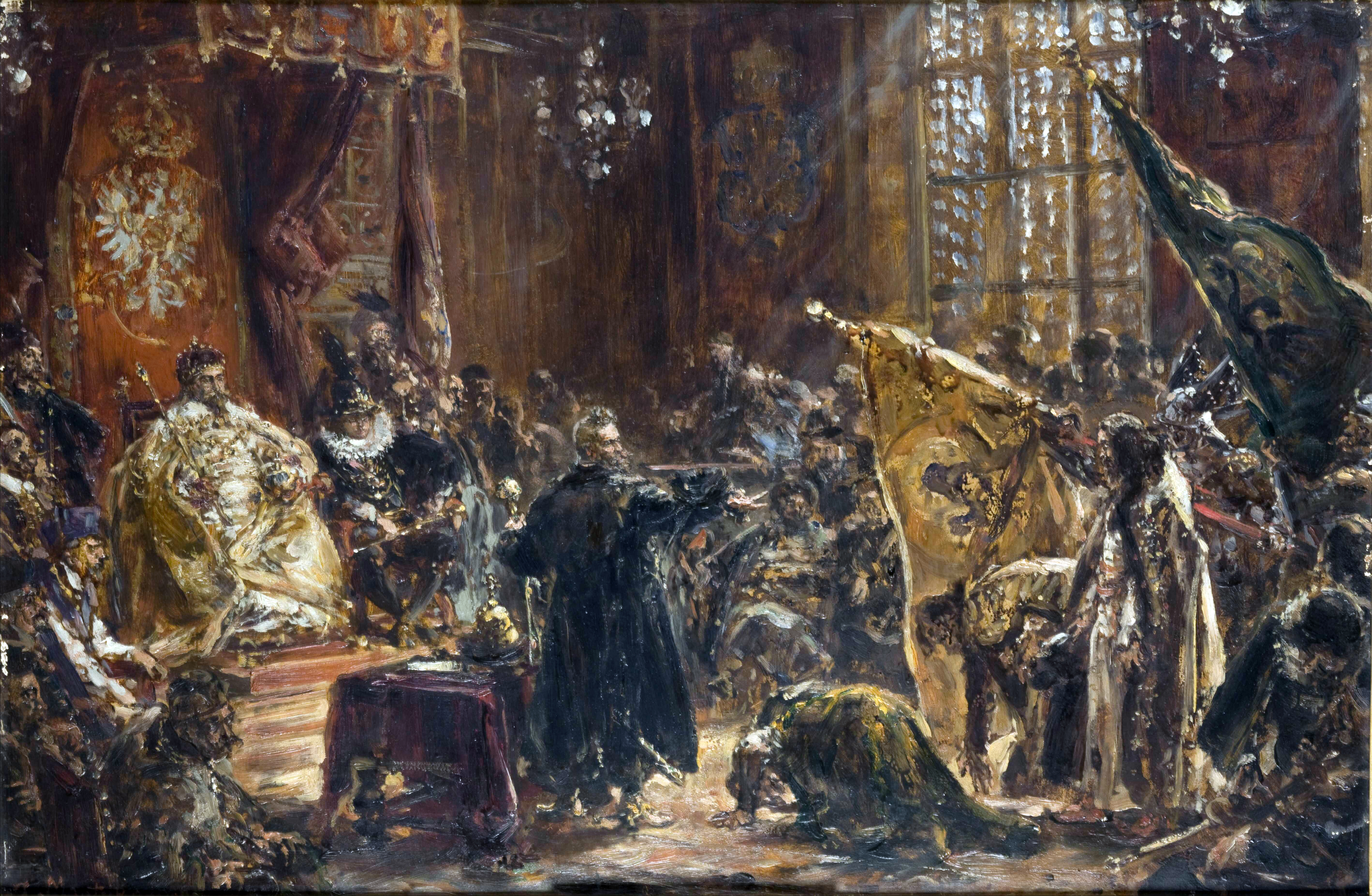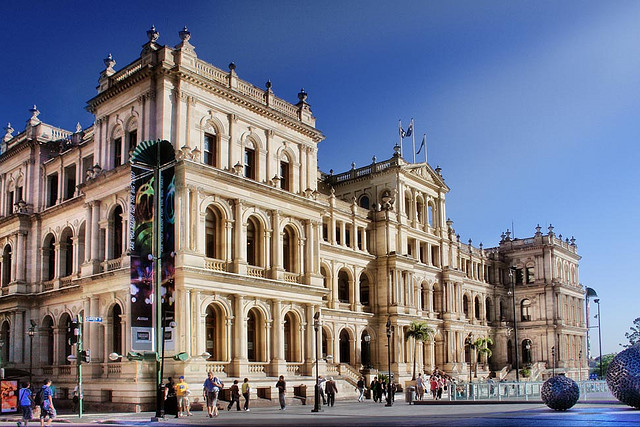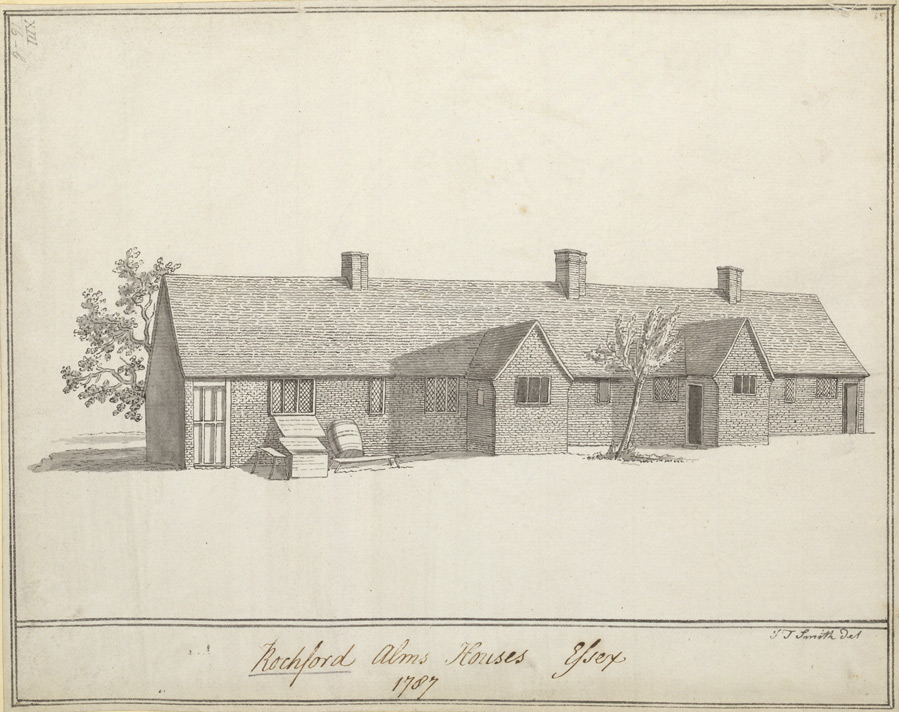|
Danilov Monastery
Danilov Monastery (also ''Svyato-Danilov Monastery'' or ''Holy Danilov Monastery''; ) is a walled monastery on the right bank of the Moskva River in Moscow. Since 1983, it has functioned as the headquarters of the Russian Orthodox church and the official residence of the Patriarch of Moscow and all Rus'. History Danilov Monastery is claimed to have been founded in the late 13th century by Alexander Nevsky's son Daniel of Russia, Daniel. Shortly before his death in 1303, Daniel is supposed to have taken monastic vows and been buried there. The Russian Orthodox church venerates him as a saint. Daniel's successors had this monastery relocated to the Moscow Kremlin, Kremlin. All that remained at the original location was a graveyard. In 1560, Ivan the Terrible visited the village of Danilovskoye and noticed the neglected graveyard. Upon learning about the old monastery, he invited monks to settle there again. In 1591, when the armies of a Crimean Khanate, Crimean Khan (title), khan ... [...More Info...] [...Related Items...] OR: [Wikipedia] [Google] [Baidu] |
Daniel Of Russia
Daniil Aleksandrovich (Russian language, Russian: Даниил Александрович; 1261 – 5 March 1303), also known as Daniil of Moscow, was the youngest son of Alexander Nevsky and forefather of all Prince of Moscow, Princes of Moscow. His descendants are known as the Daniilovichi. He has been locally approved for veneration in the Russian Orthodox Church, with feast days on March 17 and September 12. Early life Daniil was born in late 1261, at Vladimir, Russia, Vladimir on the Klyazma, capital of Vladimir-Suzdal. He was the fourth and youngest son of Alexander Nevsky and his second wife, Princess Vassa. He was named after Daniel the Stylite. His father Alexander died on 14 November 1263, when Daniil was only two years old. Of his father's patrimonies, he received the least valuable, Grand Duchy of Moscow, Moscow, and reigned under the regency by his paternal uncle, prince Yaroslav of Tver. Yaroslav died in 1271, but Daniil does not appear to have become an independ ... [...More Info...] [...Related Items...] OR: [Wikipedia] [Google] [Baidu] |
Vasili IV Of Russia
Vasili IV Ivanovich Shuisky (, 12 September 1612) was Tsar of all Russia from 1606 to 1610, after the murder of False Dmitri I. His rule coincided with the Time of Troubles. He was the only member of Shuysky, House of Shuisky to become tsar and the last member of the Rurikid dynasty (Yurievichi branch) to rule as tsar. Life He was a son of Ivan Andreyevich Shuisky. Born Knyaz, Prince Vasili Ivanovich Shuisky, he descended from the Yurievichi sovereign princes of Nizhny Novgorod, and was allegedly a 20th-generation male-line descendant of the 9th-century Varangian prince Rurik. Vasili Ivanovich was one of the leading boyars of the Tsardom of Russia during the reigns of Feodor I of Russia , Feodor I () and Boris Godunov (). In the court intrigues of the Time of Troubles (1598–1613), Vasily and his younger brother Dmitry Shuisky usually acted together and fought as one. It was Shuisky who, in obedience to the secret orders of tsar-to-be Boris, went to Uglich to inquire i ... [...More Info...] [...Related Items...] OR: [Wikipedia] [Google] [Baidu] |
Treasury
A treasury is either *A government department related to finance and taxation, a finance ministry; in a business context, corporate treasury. *A place or location where treasure, such as currency or precious items are kept. These can be state or royal property, church treasure or in private ownership. The head of a treasury is typically known as a treasurer. This position may not necessarily have the final control over the actions of the treasury, particularly if they are not an elected representative. The adjective for a treasury is normally treasurial. The adjective "tresorial" can also be used, but this normally means pertaining to a ''treasurer''. History The earliest found artefacts made of silver and gold are from Lake Varna in Bulgaria dated 4250–4000 BC, the earliest of copper are dated 9000–7000 BC. The Greek term ''thêsauros'' (treasury) was first used in Classical times to describe the votive buildings erected to house gifts to the gods, such as ... [...More Info...] [...Related Items...] OR: [Wikipedia] [Google] [Baidu] |
Sacristy
A sacristy, also known as a vestry or preparation room, is a room in Christianity, Christian churches for the keeping of vestments (such as the alb and chasuble) and other church furnishings, sacred vessels, and parish records. The sacristy is usually located inside the Church (building), church, but in some cases it is an annex or separate building (as in some monastery, monasteries). In most older churches, a sacristy is near a side altar, or more usually behind or on a side of the high altar, main altar. In newer churches the sacristy is often in another location, such as near the entrances to the church. Some churches have more than one sacristy, each of which will have a specific function. Often additional sacristies are used for maintaining the church and its items, such as candles and other materials. Description The sacristy is also where the priest and attendants vest and prepare before the Church service, service. They will return there at the end of the service to r ... [...More Info...] [...Related Items...] OR: [Wikipedia] [Google] [Baidu] |
Napoleon's Invasion Of Russia
The French invasion of Russia, also known as the Russian campaign (), the Second Polish War, and in Russia as the Patriotic War of 1812 (), was initiated by Napoleon with the aim of compelling the Russian Empire to comply with the continental blockade of the United Kingdom. Widely studied, Napoleon's incursion into Russia stands as a focal point in military history, recognized as among the most devastating military endeavors globally. In a span of fewer than six months, the campaign exacted a staggering toll, claiming the lives of nearly a million soldiers and civilians. On 24 June 1812 and subsequent days, the initial wave of the multinational Grande Armée crossed the Neman River, marking the entry from the Duchy of Warsaw into Russia. Employing extensive forced marches, Napoleon rapidly advanced his army of nearly half a million individuals through Western Russia, encompassing present-day Belarus, in a bid to dismantle the disparate Russian forces led by Barclay de ... [...More Info...] [...Related Items...] OR: [Wikipedia] [Google] [Baidu] |
Almshouse
An almshouse (also known as a bede-house, poorhouse, or hospital) is charitable housing provided to people in a particular community, especially during the Middle Ages. They were often built for the poor of a locality, for those who had held certain jobs, or their widows, and for elderly people who could no longer pay rent. They are generally maintained by a charity or the trustees of a bequest. " Alms" are, in the Christian tradition, money or services donated to support the poor and indigent. Almshouses were originally formed as extensions of the church system and were later adapted by local officials and authorities. History Many almshouses are European Christian institutions though some are secular. Almshouses provide subsidised accommodation, often integrated with social care resources such as wardens. England Almshouses were established from the 10th century in Britain, to provide a place of residence for poor, old, and distressed people. They were sometimes called b ... [...More Info...] [...Related Items...] OR: [Wikipedia] [Google] [Baidu] |
Brockhaus And Efron Encyclopedic Dictionary
The ''Brockhaus and Efron Encyclopaedic Dictionary'' (35 volumes, small; 86 volumes, large) is a comprehensive multi-volume encyclopaedia in Russian. It contains 121,240 articles, 7,800 images, and 235 maps. It was published in the Russian Empire in 1890–1907, as a joint venture of Leipzig and St Petersburg publishers. The articles were written by the prominent Russian scholars of the period, such as Dmitri Mendeleev and Vladimir Solovyov. Reprints have appeared following the dissolution of the Soviet Union. History In 1889, the owner of a printing house in St. Petersburg, , at the initiative of Semyon Afanasyevich Vengerov, entered into an agreement with the German publishing house F. A. Brockhaus for the translation into Russian of the large German encyclopaedic dictionary ''Meyers Konversations-Lexikon''. Initially, it was supposed to be limited to the translation of this publication, but only with a more detailed presentation of issues related to Russia. It was ... [...More Info...] [...Related Items...] OR: [Wikipedia] [Google] [Baidu] |
Bishop
A bishop is an ordained member of the clergy who is entrusted with a position of Episcopal polity, authority and oversight in a religious institution. In Christianity, bishops are normally responsible for the governance and administration of dioceses. The role or office of the bishop is called episcopacy or the episcopate. Organisationally, several Christian denominations utilise ecclesiastical structures that call for the position of bishops, while other denominations have dispensed with this office, seeing it as a symbol of power. Bishops have also exercised political authority within their dioceses. Traditionally, bishops claim apostolic succession, a direct historical lineage dating back to the original Twelve Apostles or Saint Paul. The bishops are by doctrine understood as those who possess the full Priest#Christianity, priesthood given by Jesus in Christianity, Jesus Christ, and therefore may ordain other clergy, including other bishops. A person ordained as a deacon, pri ... [...More Info...] [...Related Items...] OR: [Wikipedia] [Google] [Baidu] |
Nikephoros Theotokis
Nikephoros Theotokis or Nikiforos Theotokis (; or Никифор Феотокис; 1731–1800) was a Greek scholar and theologian, who became an archbishop in the southern provinces of the Russian Empire. A polymath, he is respected by the Greek Orthodox church as one of the "teachers of the nation". Life and work in Greece and Western Europe Born in the Greek Island of Corfu (then a possession of Republic of Venice), Nikephoros studied in Italian universities of Bologna and Padua. In 1748, he returned to Corfu to join the Church as a monk, reaching the rank of hieromonk in 1754. However, he was more interested in educating the youth of his country than in church services, and by 1758 he was able to set up his own school in Corfu, the first school on the island where a range of subjects were taught: Greek and Italian literature, grammar, geography, rhetorics, physics and mathematics, philosophy. He acquired some renown as a preacher at the local church of John the Baptist an ... [...More Info...] [...Related Items...] OR: [Wikipedia] [Google] [Baidu] |
Monk
A monk (; from , ''monachos'', "single, solitary" via Latin ) is a man who is a member of a religious order and lives in a monastery. A monk usually lives his life in prayer and contemplation. The concept is ancient and can be seen in many religions and in philosophy across numerous cultures. The Greek word for "monk" may be applied to men or women. In English, however, "monk" is applied mainly to men, while ''nun'' is typically used for female monastics. Although the term ''monachos'' is of Christianity, Christian origin, in the English language ''monk'' tends to be used loosely also for both male and female ascetics from other religious or philosophical backgrounds. However, being generic, it is not interchangeable with terms that denote particular kinds of monk, such as cenobite, hermit, anchorite, or Hesychasm, hesychast. Traditions of Christian monasticism exist in major Christian denominations, with religious orders being present in Catholicism, Lutheranism, Oriental Ort ... [...More Info...] [...Related Items...] OR: [Wikipedia] [Google] [Baidu] |
Time Of Troubles
The Time of Troubles (), also known as Smuta (), was a period of political crisis in Tsardom of Russia, Russia which began in 1598 with the death of Feodor I of Russia, Feodor I, the last of the Rurikids, House of Rurik, and ended in 1613 with the accession of Michael of Russia, Michael I of the House of Romanov. It was a period of deep social crisis and lawlessness following the death of Feodor I, a weak and possibly Intellectual disability, intellectually disabled ruler who died without an heir. His death ended the Rurik dynasty, leading to a violent succession crisis with numerous usurpers and false Dmitrys (imposters) claiming the title of List of Russian monarchs, tsar. Russia experienced the Russian famine of 1601–1603, famine of 1601–1603, which killed almost a third of the population, within three years of Feodor's death. Russia was also occupied by the Polish–Lithuanian Commonwealth during the Polish–Russian War (1609–1618), Polish–Russian War an ... [...More Info...] [...Related Items...] OR: [Wikipedia] [Google] [Baidu] |
Feodor I Of Russia
Feodor I Ioannovich () or Fyodor I Ivanovich (; 31 May 1557 – 17 January 1598), nicknamed the Blessed (), was Tsar of all Russia from 1584 until his death in 1598. Feodor's mother died when he was three, and he grew up in the shadow of his father, Ivan the Terrible. He was a pious man of retiring disposition and possibly suffered from mental disability. He took little interest in politics, and the country was effectively administered in his name by Boris Godunov, the brother of his beloved wife Irina Godunova, Irina. He died childless and was succeeded by Godunov as tsar, marking the end of the rule of the Rurikids, Rurik dynasty and spurring Russia's descent into the catastrophic Time of Troubles. He is listed in the Synaxarium, Great Synaxaristes of the Eastern Orthodox Church, with his feast day on January 7 (Eastern Orthodox liturgics), 7 January (O.S.). Early life Feodor was born on 31 May 1557 in Moscow, the third son of Ivan the Terrible by his first wife Anastasia ... [...More Info...] [...Related Items...] OR: [Wikipedia] [Google] [Baidu] |









